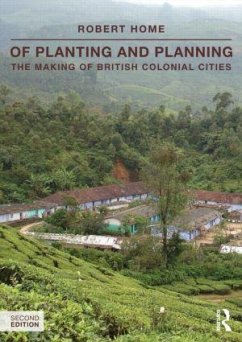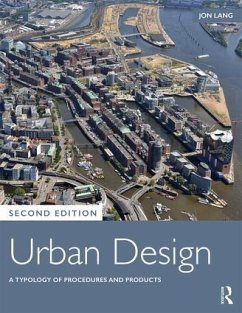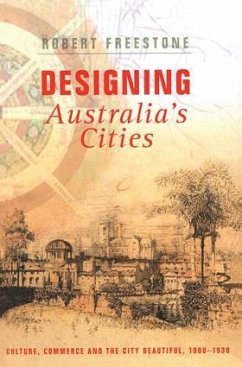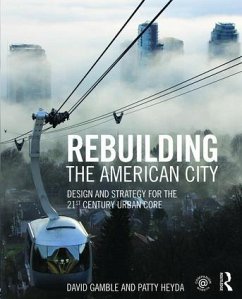
Designing Accessibility Instruments
Lessons on Their Usability for Integrated Land Use and Transport Planning Practices
Herausgeber: Silva, Cecilia; Bertolini, Luca; Pinto, Nuno
Versandkostenfrei!
Versandfertig in 1-2 Wochen
67,99 €
inkl. MwSt.
Weitere Ausgaben:

PAYBACK Punkte
34 °P sammeln!
To close the gap between the advances in scientific knowledge on accessibility and its effective application in planning practice, Designing Accessibility Instruments introduces a novel methodology for the joint assessment and development of accessibility instruments by researchers and practitioners.














